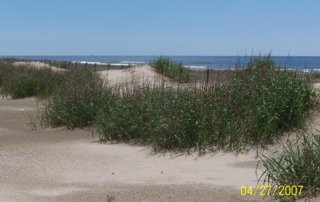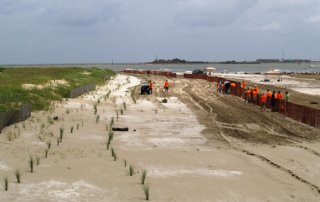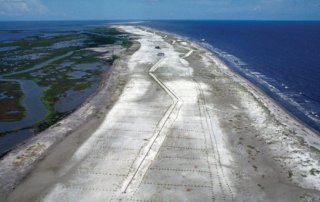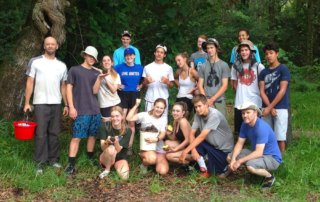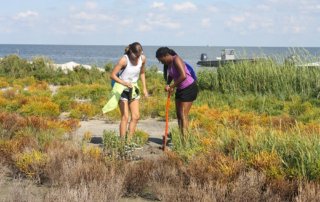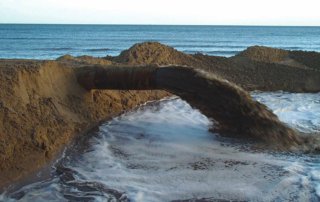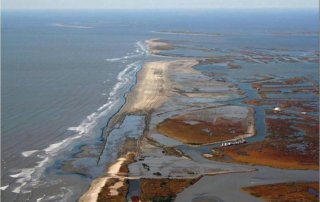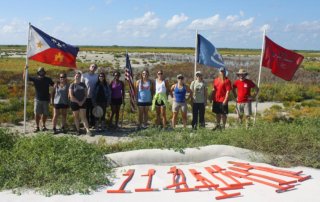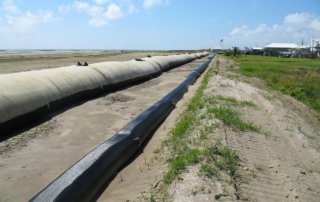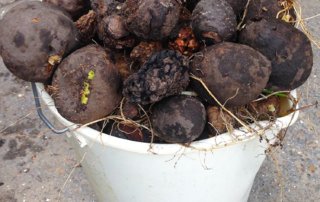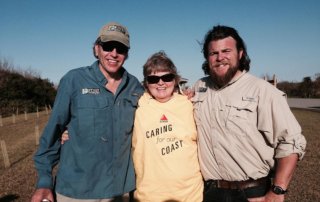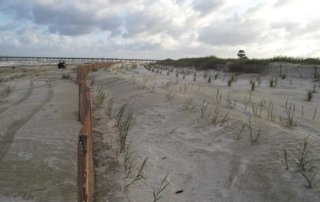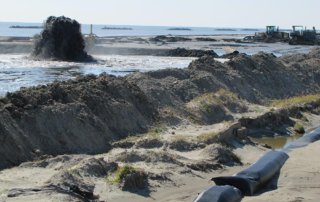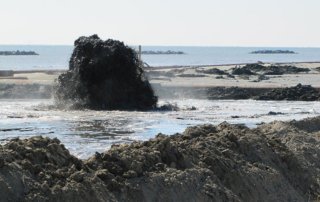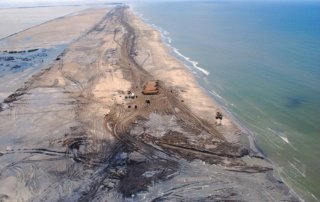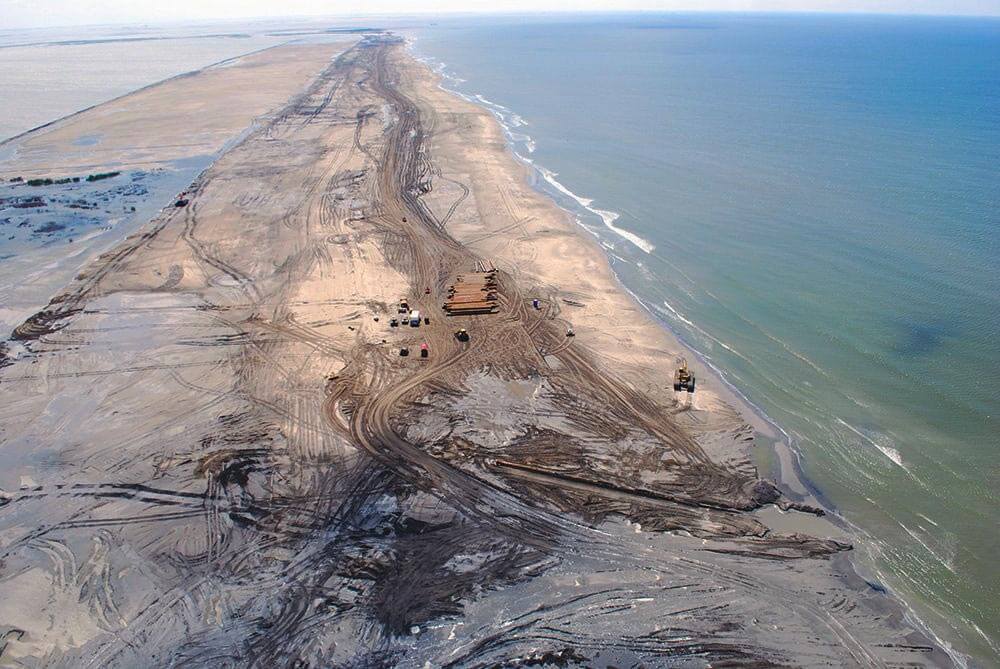 Barrier islands have often been called the “first line of defense” against hurricanes.
Barrier islands have often been called the “first line of defense” against hurricanes.
They are known to protect wetlands and coastal communities by reducing wind and waves. These islands are also critical habitat for fish, shellfish and birds, especially migratory birds. Unfortunately, these small islands take the brunt of approaching storms that include those strong waves and winds. At one time, some of these islands were heavily forested with trees, but in some areas, the forests have almost completely disappeared.
Barrier island restoration efforts have been taking place to restore and protect the islands and shorelines. It is the process of when sediment is placed on or near barrier islands to make them longer, wider or taller. Sediment from dredging the Mississippi River bottom and offshore shoals have been used in the projects that are restoring these islands. Once the sediment is in place, workers erect sand fences to catch wind-blown sand and plant native grasses to hold the soil and create new valuable habitat.


